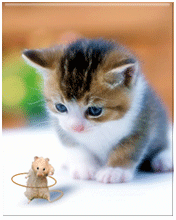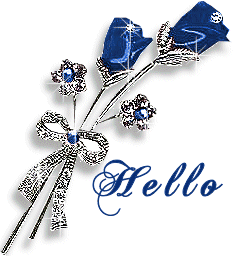
Kontemporer berarti sekarang atau masa kini. Contemporary means now or the present. Seni kontemporer memiliki masa popularitas tertentu sehingga seni ini dapat dikatakan bersifat temporer. Contemporary art has a certain period of popularity that this art can be said to be temporary. Seni ini dapat dinikmati pada masa populernya dan apabila sudah lewat maka masyarakat tidak lagi menyukainya. This art can be enjoyed at the time when the popularity and by the community no longer like it. Karya-karya seni kontemporer pada mulanya muncul di Eropa dan Amerika, seperti lukisan karya Andy Warhol dan patung karya Hendri Moore. The works of contemporary art at first appeared in Europe and America, such as paintings by Andy Warhol and sculptures by Moore Hendri. Belakangan ini, seni kontemporer telah berkembang di berbagai negara yang memiliki gagasan yang unik, seperti berupa patung dari es, lukisan pada tubuh manusia (body painting), seni instalasi, grafity, dan sebagainya. In recent years, contemporary art has developed in various countries who have unique ideas, such as the form of ice sculptures, paintings on the human body (body painting), art installations, Grafity,












